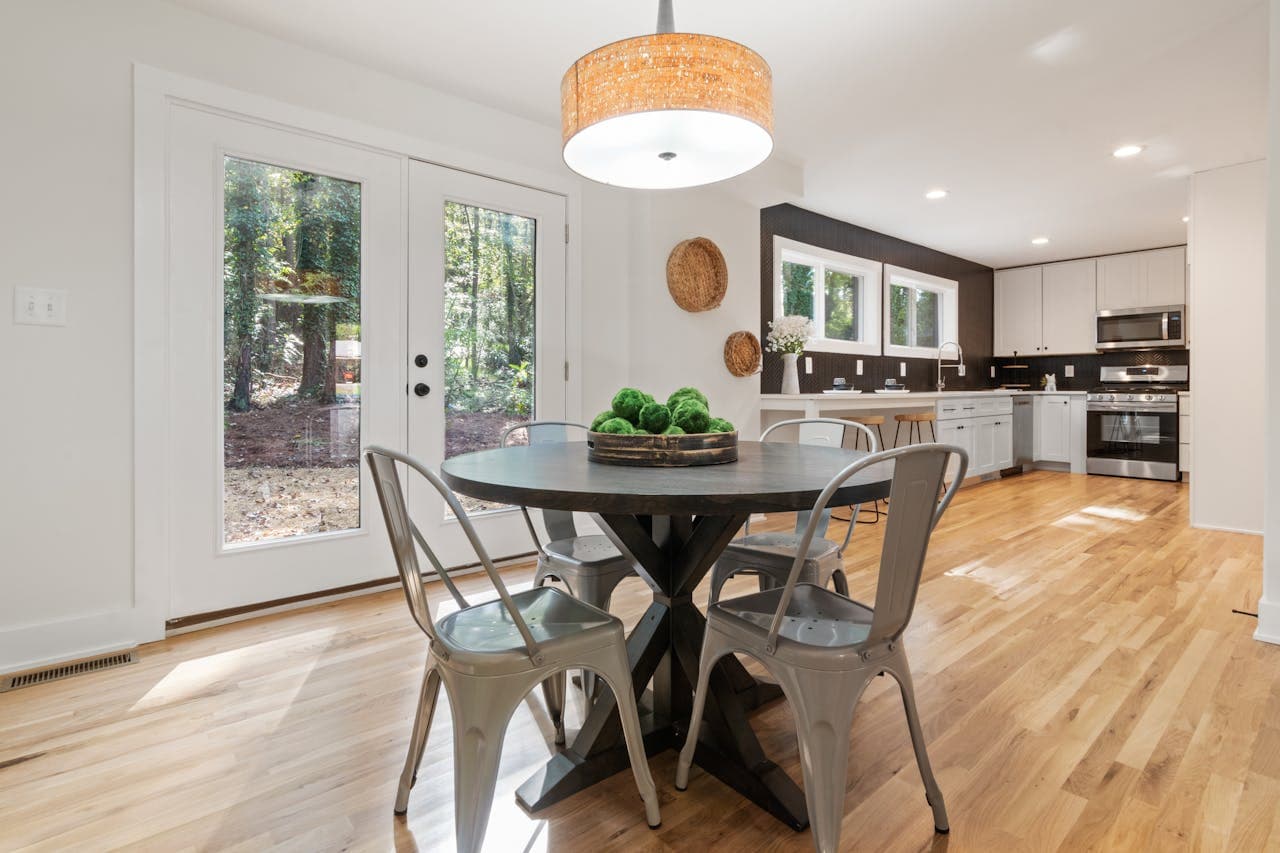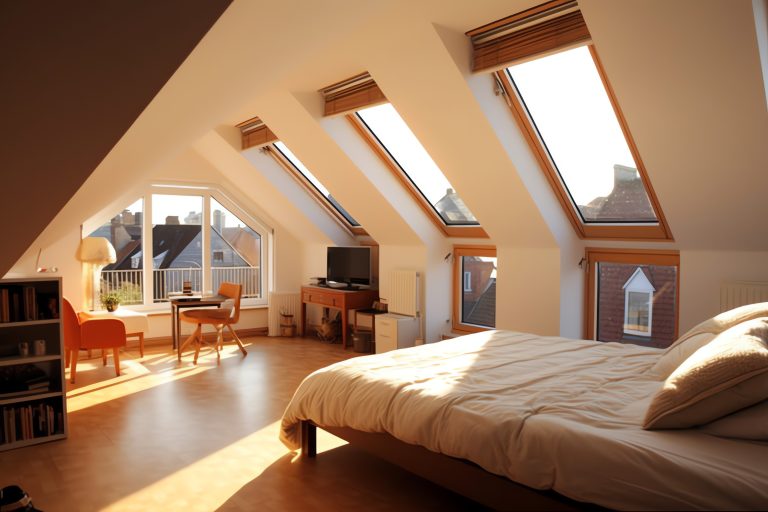Natural light isn’t just good for brightening up a room – it transforms the way spaces feel, boosts our mood, and even cuts energy costs. Whether you’re planning a home extension or refurbishing a property, bringing in as much daylight as possible is worth the effort. Let’s talk about how you can make the most of it.
Understanding the Importance of Natural Light
Why does natural light matter? It’s more than about aesthetics. Sunlight can impact your physical and mental well-being, improves energy efficiency, and is an eco-friendly solution for better living.
Health and Well-being Benefits
Ever noticed how you feel more energised on a sunny day? That’s not a coincidence. Natural light regulates your body’s internal clock, also known as your circadian rhythm. This keeps your sleep cycle on track and helps you wake up feeling refreshed. Plus, exposure to sunlight can reduce symptoms of Seasonal Affective Disorder, keeping those winter blues at bay.
Energy Efficiency and Cost Savings
Relying on natural light means you’re less dependent on artificial lighting during the day, which lowers electricity bills. It also reduces the need for excessive heating during colder months as sunlight naturally warms your home. Over time, this can lead to noticeable cost savings and a smaller carbon footprint.
Design Strategies to Maximise Natural Light
Adding natural light to your home takes smart design. These practical tips will help you to create spaces in your renovation or extension that are filled with brightness.
Optimising Windows and Doors
Start by evaluating your windows. Larger panes or floor-to-ceiling windows are excellent for bringing in more light. Adding glass bi-fold doors allows light to flow freely between indoor and outdoor spaces, giving your home an airy feel. Don’t forget energy-efficient glazing, which prevents heat loss without compromising light.
Incorporating Skylights and Light Tubes
Skylights are perfect for areas where windows might not be practical, like a hallway or kitchen. If space is tight, consider light tubes. These compact alternatives funnel sunlight into darker spots like bathrooms or walk-in wardrobes, ensuring no corner of your new home extension or house refurbishment feels gloomy.
Using Reflective Surfaces
Mirrors aren’t just decorative – they’re functional too. Placed opposite a window, they reflect light deeper into the room. Glass tables, metallic finishes, or high-gloss surfaces on cabinets and floors can also bounce light around and create a brighter atmosphere.
Colour and Material Choices
Every design choice, from paint colours to materials, plays a role in how natural light interacts with your space.
Choosing Light Paint Colours
Walls and ceilings painted in white or pastel tones reflect light better than darker shades, making rooms feel larger and brighter. A white ceiling especially helps to bounce light downwards, maximising the natural glow in your home.
Flooring and Furniture Materials
Light-coloured wooden or laminate flooring reflects sunlight effectively. If you prefer tiles, go for glossy finishes over matte ones. Similarly, furniture in lighter shades or materials like glass and polished wood contributes to an open, luminous vibe.
Landscaping and Exterior Adjustments
Your home’s exterior has a big impact on how much light enters indoors, whether you’re planning an extension or refurbishing existing rooms in your home. Small changes can make a significant difference.
Maintaining Unobstructed Pathways for Light
Trim overgrown trees and bushes near windows. These outdoor elements can block sunlight, making rooms darker than they need to be. Keeping your windows clean is also essential for maximising the amount of light they let through.
Using Outdoor Reflective Surfaces
Adding reflective features like light-coloured patio stones or outdoor mirrors can help bounce light into your home. Landscaping elements like gravel or pale tiles near windows work wonders in brightening adjoining rooms.
Expert Tips for Seamless Integration
Bringing natural light into your home doesn’t mean compromising on privacy or style. Here’s how to strike the perfect balance.
Working with Architects or Designers
An experienced architect or interior designer can help you optimise window placement and layouts to suit your home’s orientation. They’re also great for balancing functionality and aesthetics, ensuring every room looks and feels its best.
Balancing Privacy and Natural Light
Worried about privacy? You don’t have to sacrifice light. Sheer curtains, frosted glass, or adjustable blinds let in sunlight while blocking prying eyes. You’ll still enjoy bright, airy spaces with added peace of mind.
In Summary
Maximising natural light in your home isn’t just about aesthetics – it’s about enhancing how you live. From adding larger windows and skylights to fine-tuning colours and reflective surfaces, small adjustments can lead to brighter, more inviting spaces. Not to mention the tangible benefits: better mood, reduced energy bills, and an eco-friendlier home. By planning carefully and making intentional choices with your extension or refurbishment, you can create a home that’s not just brighter, but also smarter.








